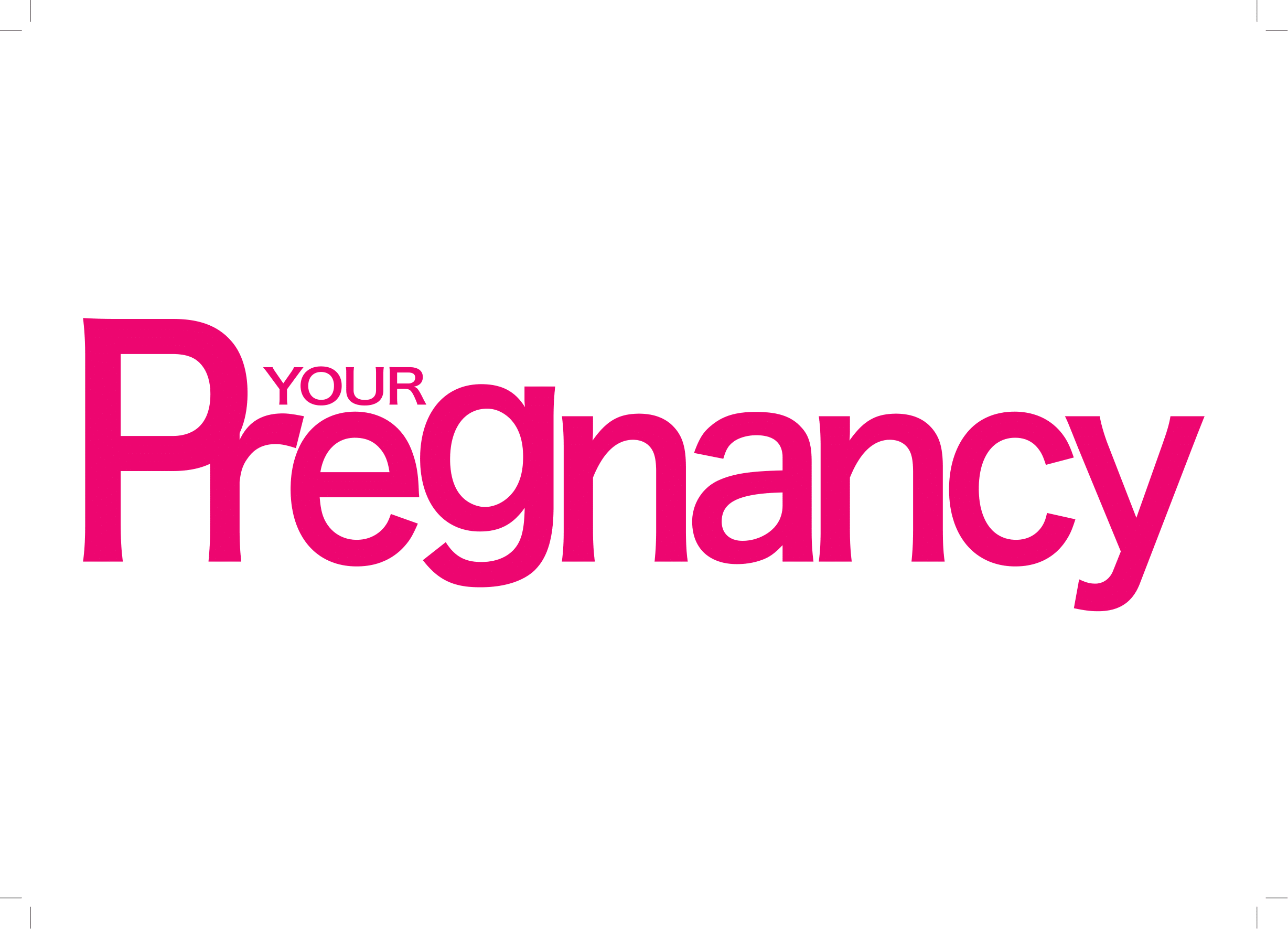
If you’re reading this, you’ve most likely had a baby. And if you’ve had a baby, you must be familiar with stretch marks – even if you were lucky enough not to get them during your pregnancy. Like pigmentation and cellulite - which also seem to make their unwelcome arrival during pregnancy - stretch marks are the bane of many a woman’s life.
How do stretch marks occur?
They occur when the skin is stretched by rapid growth. When your skin is over-stretched for a period of time, the support structure of elastin and collagen can rupture, resulting in scars that form from the inside out.
Besides pregnancy, stretch marks commonly occur during puberty, in people who have lost or gained lots of weight, and in bodybuilders. They tend to show up on hips, thighs, abdomen, breasts and butt.
New stretch marks show up as reddish or purplish lines that may appear indented and have a different texture from the surrounding skin. Over time, they lighten to white and may almost disappear. They tend to remain darker on darker-skinned tones.
Why do some of us get stretch marks and others not?
It appears to be largely genetically determined. The thinking is that if your skin heals well with minimal scarring, you’ll most likely have less obvious stretch marks or none at all. Skin that heals slowly or tends to scar can generally expect more visible stretch marks.
While you can’t do much to remove these marks, you can improve their appearance.
What to take to improve the appearance of stretchmarks
Lotions and potions
Although there are loads of creams and oils that claim to eliminate stretch marks, they won’t remove them completely. Moisturising ingredients like cocoa butter, vitamin E and tissue oil help soothe and moisturise the skin so it’s a good idea to use them throughout your pregnancy to keep your skin supple.
Prescription topical creams
A prescribed topical cream like Tretinoin has been proven to reduce the appearance of stretch marks, if used as prescribed. But it can’t be used when you’re pregnant or breastfeeding.
Surgical options
Microdermabrasion, chemical peels or laser treatment, administered by a dermatologist or plastic surgeon, will help fade stretch marks, but won’t remove them.
Cape Town plastic surgeon, Dr Paul Skoll says, “Stretch marks represent small tears in the dermis of the skin, and can therefore only be removed if the skin involved is removed (like in a tummy tuck). Short of that, there is no fix for stretch marks.”
Endermologie
This salon procedure uses a massage machine to help increase circulation, remove toxins and strengthen the connective tissues. A series of treatments is required and a course of 15 to treatments will cost around R4 000.
“Although usually used to target cellulite, it has also been shown to improve the appearance of stretch marks, but only if they are new,” says Helena Landskron of Faces 100 in Pretoria.
Diet and exercise
Good hydration keeps your skin soft and supple so up your water intake. Caffeine and nutritional deficiencies can increase your risk of stretch marks. Foods that promotes skin health include nuts, fish, carrots, citrus fruit, milk and protein-rich food, such as eggs.




 Publications
Publications
 Partners
Partners














